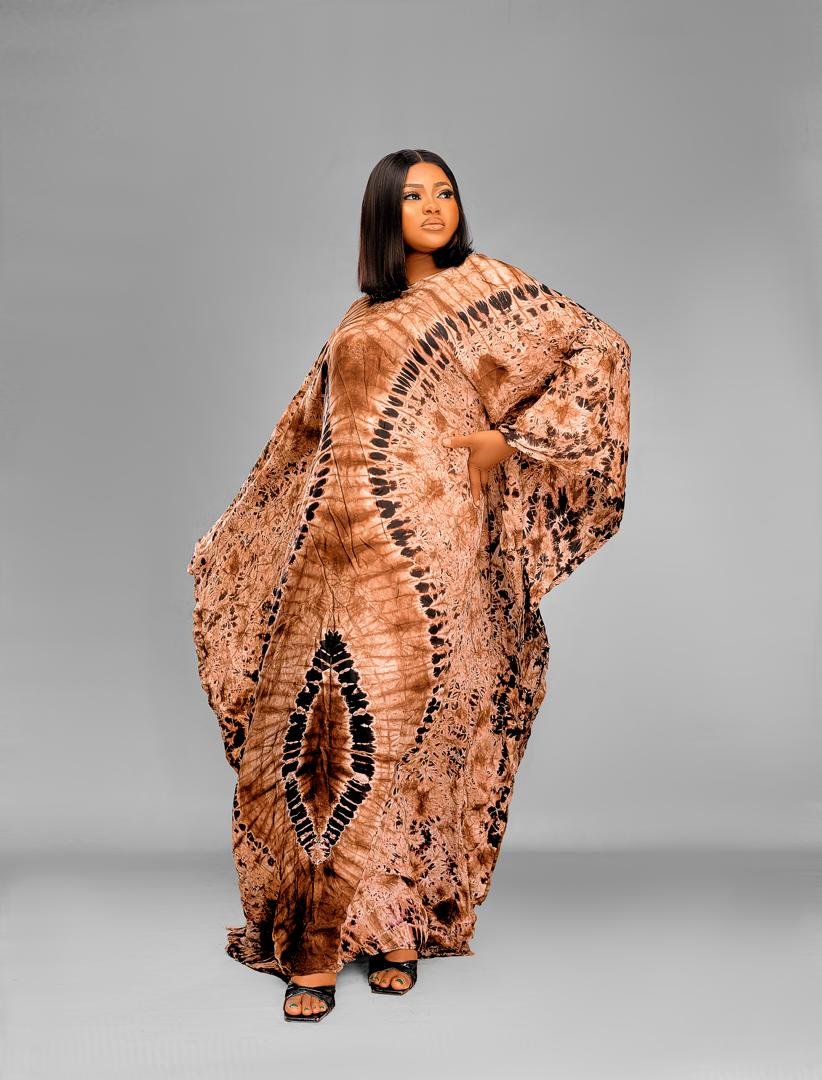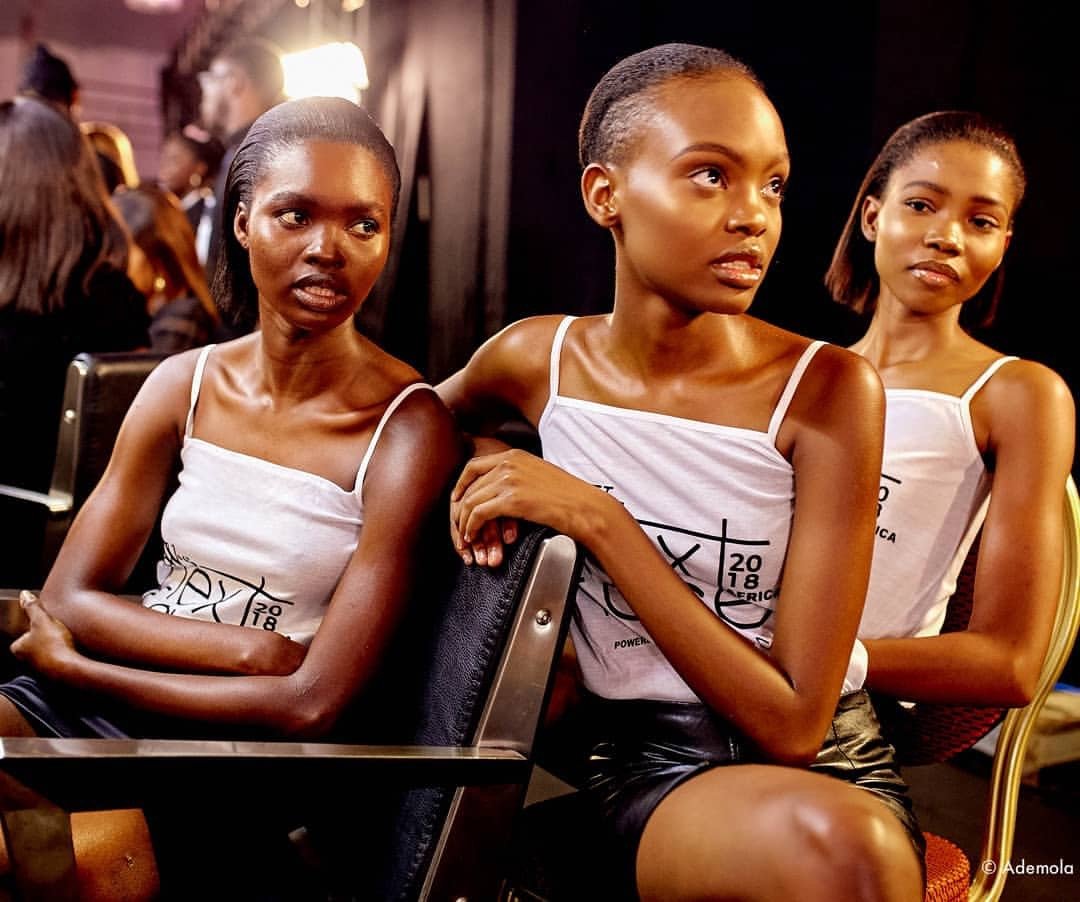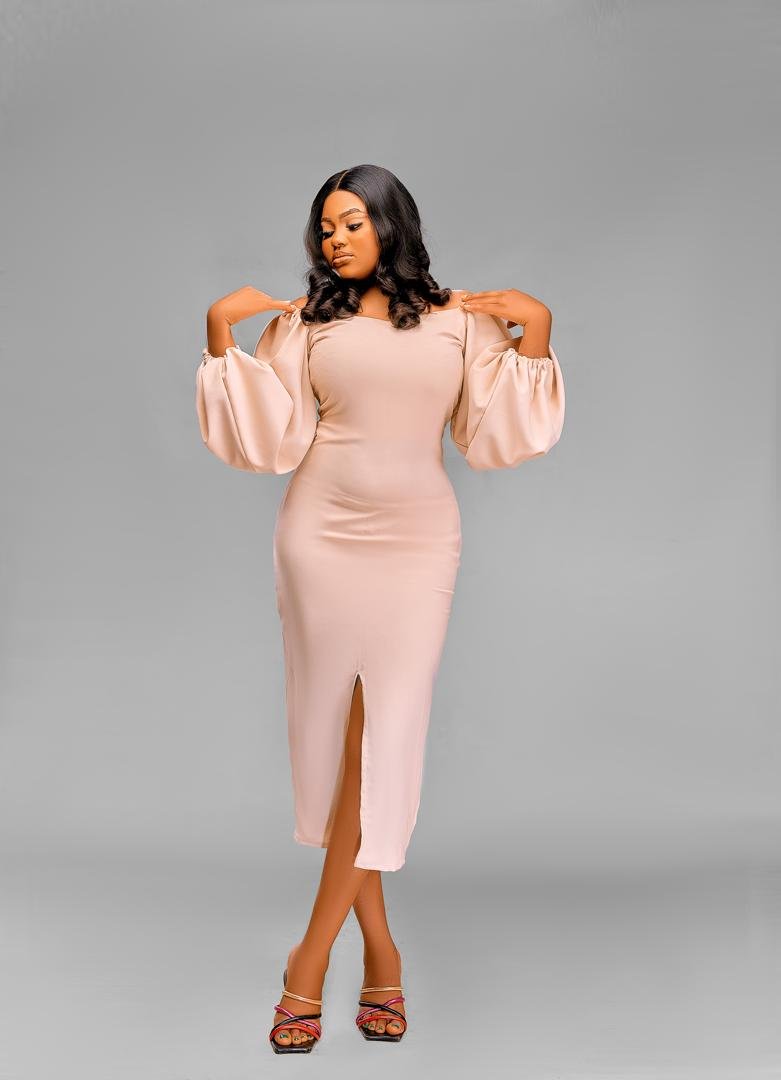By Grace Ifunanya Ariwodo
Fashion has always been a reflection of cultural exchange, and in today’s interconnected world, the influence of global styles on Western fashion is more prominent than ever.
As designers and consumers alike seek to express individuality and embrace diversity, cross-cultural fashion has become a powerful trend, blending traditions from various parts of the world into mainstream Western style. This fusion of cultures not only celebrates global diversity but also challenges the boundaries of fashion, creating a dynamic and ever-evolving landscape.
The Rise of Cross-Cultural Influences
The influence of non-Western cultures on Western fashion has a long history, but in recent years, it has taken on new significance. This can be attributed to several factors, including increased global travel, the rise of social media, and a growing appreciation for diversity and inclusion. Designers are increasingly drawing inspiration from a wide range of cultural aesthetics, incorporating traditional elements such as patterns, textiles, and silhouettes from Asia, Africa, the Middle East, and Latin America into their collections.
For example, Japanese streetwear, with its bold graphics and oversized silhouettes, has had a significant impact on Western fashion, inspiring a wave of urban and casual styles. Similarly, the intricate beadwork and vibrant prints of African fashion have found their way onto the runways of major fashion houses, influencing everything from haute couture to everyday wear.
Celebrating Cultural Heritage
One of the most notable aspects of cross-cultural fashion is its ability to celebrate and honour cultural heritage. Designers like Stella Jean, who is of Haitian-Italian descent, have made it their mission to showcase the beauty of their multicultural backgrounds through their work. Jean’s designs often feature African wax prints, Caribbean-inspired colours, and European tailoring, creating a unique blend that resonates with a global audience.
Another example is the increasing popularity of traditional Indian garments such as saris and lehengas in Western fashion circles. Designers like Sabyasachi Mukherjee have introduced these traditional outfits to the global stage, often seen on celebrities during high-profile events, blending them with contemporary styles to create something entirely new yet deeply rooted in cultural tradition.
The Impact of Social Media
Social media platforms like Instagram, TikTok, and Pinterest have played a crucial role in the spread of cross-cultural fashion. Influencers from around the world share their unique styles, often blending elements from different cultures, which are then adopted by their followers. This instant sharing of fashion ideas has broken down geographic barriers, allowing trends to spread rapidly across the globe.
One striking example is the adoption of the Chinese cheongsam or qipao in Western fashion. Initially seen as traditional wear, the cheongsam has been reimagined in modern cuts and fabrics, becoming a popular choice for fashion-forward individuals in the West. This trend was largely driven by social media influencers who showcased the garment’s versatility and elegance, making it a must-have item in Western wardrobes.
READ ALSO: Unleashing your inner goddess
Navigating Cultural Sensitivity
While cross-cultural fashion promotes diversity and inclusion, it also raises important questions about cultural appropriation and sensitivity. The line between cultural appreciation and appropriation can sometimes be blurred, leading to controversy when traditional garments or symbols are used without proper understanding or respect for their cultural significance.
Designers and consumers alike are increasingly aware of these concerns and are striving to approach cross-cultural fashion with respect and mindfulness. This includes collaborating with artisans from the cultures being represented, ensuring fair compensation, and educating themselves and their audiences about the cultural meanings behind the fashion elements they use.
The Future of Cross-Cultural Fashion
As the world becomes more connected, the influence of global styles on Western fashion is likely to continue growing. The future of fashion lies in this blend of cultures, where traditional and modern, local and global, can coexist and inspire one another. This not only creates a richer and more diverse fashion landscape but also fosters greater understanding and appreciation between different cultures.
In conclusion, cross-cultural fashion is more than just a trend; it is a reflection of our globalised world and a celebration of the rich tapestry of human culture. As we move forward, the key will be to embrace this diversity with respect and creativity, allowing fashion to be a true expression of global unity.











